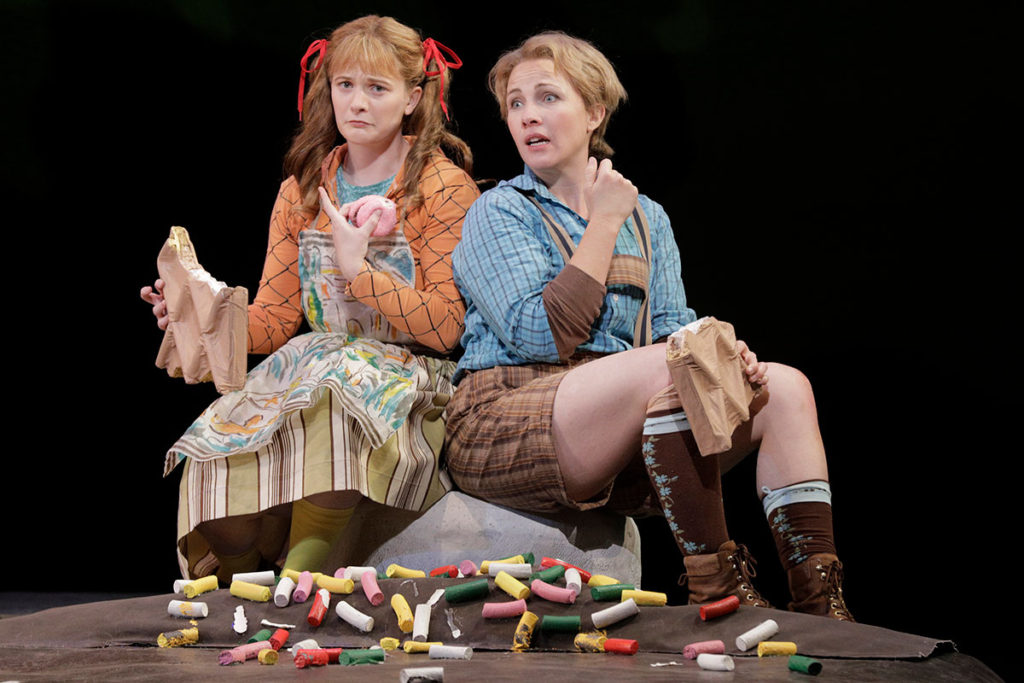“this Seejungfrau, conducted in the ‘Toscanini’ auditorium by James Conlon’s careful wand, in his third round of concerts on the National Symphony Orchestra podium this season, remains a fascinating page of pure symphony of the late nineteenth century, characterized by a melodic inventiveness of sure grip, a harmonious structure always sought after and an instrumentation able to reveal the extraordinary technical skills of an author who assimilates and declines with a personal language the lesson of Richard Strauss. Here then the audience seems almost invested by the splashes of surf waves in the second movement Sehr bewegt, rauschend (Very moved, quivering), suspended in the magic of the soft arpeggios of the arches, on whose field stands out among the sparkle of the harps, the infinite languor of the horn, violin, and bass clarinet solos, to paint the changing colors of the aquatic world populated by fantastic creatures. The contribution of Conlon, who has for years been an enthusiastic advocate of many composers persecuted by the National Socialist madness, has been fundamental for the rediscovery and enhancement within the current repertoire of works of this caliber, branded once as ‘degenerate art’ and now illuminated by the just light: [Conlon] demonstrates a profound knowledge of the complex score, conducted by heart without the slightest failure. The affectionate care of the detail that he knows how to infuse in every section of the orchestra in full detail is exemplary: despite the extreme virtuosity of numerous passages, to strike is the full sound, hedonistic and deep together, whose unity does not affect the extreme timbre and dynamic variety which is the most intriguing side of the poem.” — L’Ape musicale
Next & Previous

